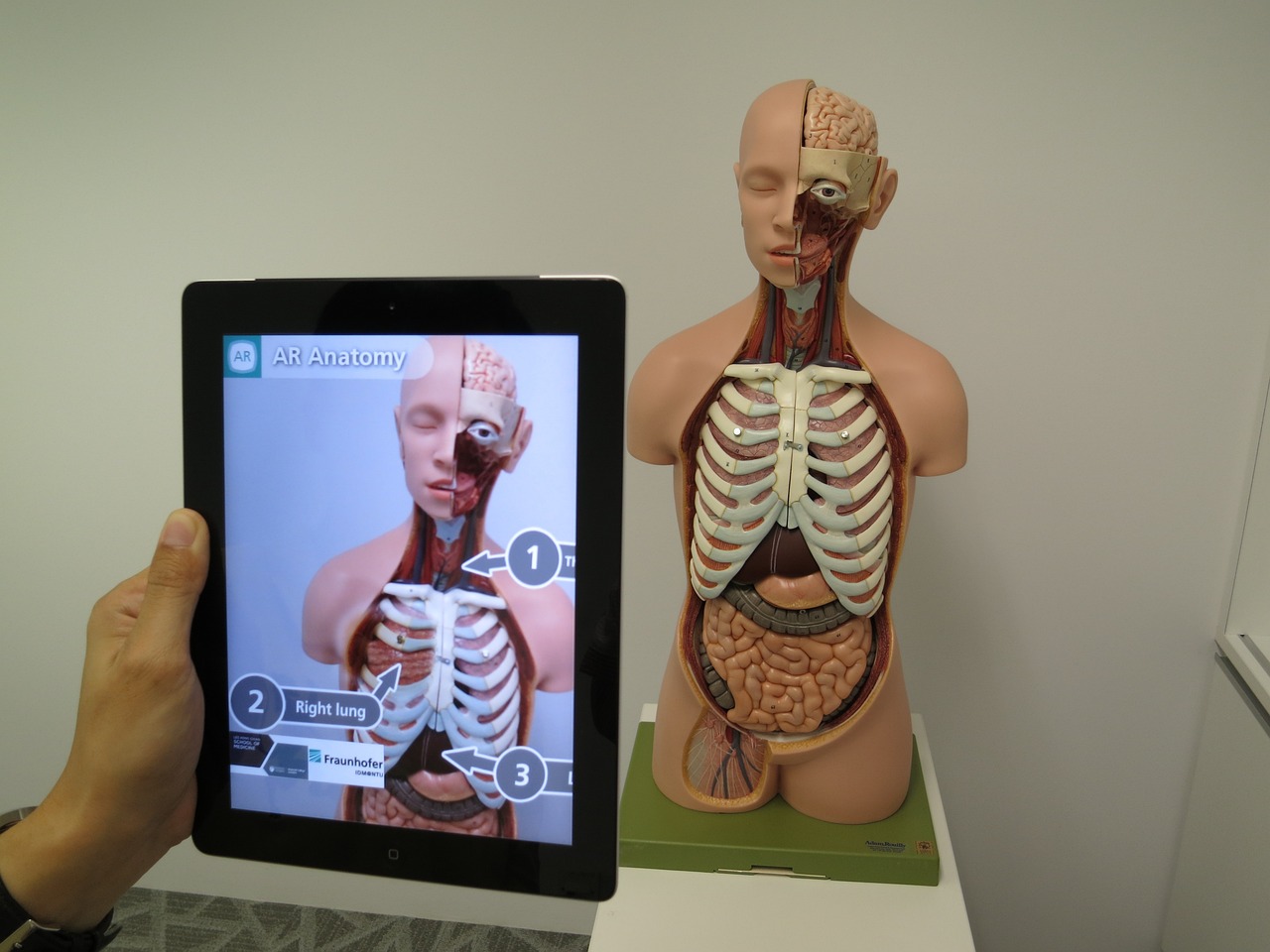In recent years, Virtual Reality (VR) and Augmented Reality (AR) have become buzzwords in technology and various industries. Although they are often mentioned together, VR and AR are distinct technologies with unique features and applications. Understanding their differences can help us appreciate their individual and combined potential.
What is Virtual Reality (VR)?

Virtual Reality (VR) is an immersive technology that creates a completely artificial environment. By using VR headsets, users can experience a 360-degree simulated world that can be entirely different from the real one. This technology is widely used in gaming and entertainment but has also found applications in education, healthcare, and real estate.
What is Augmented Reality (AR)?

Augmented Reality (AR) integrates digital information with the user’s environment in real time. Through devices like smartphones, tablets, and AR glasses, users can see and interact with virtual objects within their physical surroundings. AR has significant applications in retail, e-commerce, education, healthcare, and industrial maintenance.
Core Differences Between VR and AR

- Immersion Level: VR offers a fully immersive experience, while AR enhances the real world by adding digital elements.
- Equipment: VR requires headsets and controllers, whereas AR can be accessed through everyday devices like smartphones and tablets.
- User Experience: VR transports users to a different environment, whereas AR adds to the current surroundings.
Applications and Advantages
Virtual Reality (VR) Applications:
- Gaming and Entertainment: Provides highly immersive experiences.
- Education and Training: Offers realistic simulations for training.
- Healthcare: Used for therapy and rehabilitation.
- Real Estate: Virtual property tours.
Augmented Reality (AR) Applications:
- Retail and E-commerce: Virtual try-ons and interactive displays.
- Education and Training: Interactive learning materials.
- Healthcare: Assists in surgeries and diagnostics.
- Industrial Maintenance: Guides workers through complex tasks.
Future Trends

The future of VR includes advancements in hardware and software, integration with AI, and expansion into new industries. AR is expected to see the development of lightweight glasses, integration with 5G, and enhanced experiences through AI.
Conclusion
Both VR and AR have unique strengths and applications, making them valuable in different contexts. Whether it’s the immersive worlds of VR or the enhanced reality of AR, these technologies are shaping the future of how we interact with digital and physical spaces.





